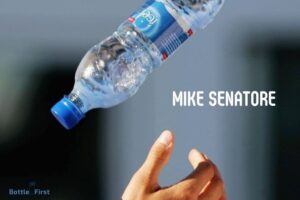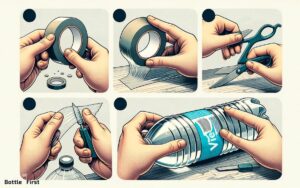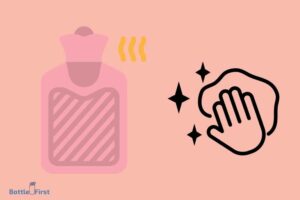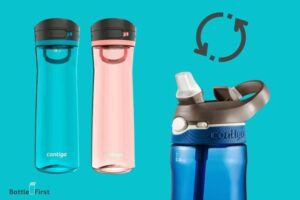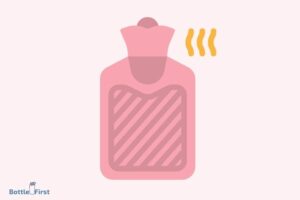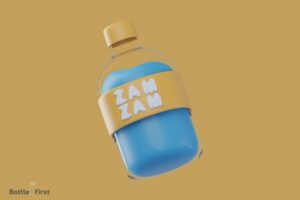Why are There Bubbles in My Water Bottle? Find Out!
Bubbles in your water bottle are typically due to the physical process of gas solubility and pressure change.
When the bottle is sealed, carbon dioxide from the water stays dissolved because of the higher pressure inside.
Once opened, pressure decreases, allowing the gas to escape, forming bubbles. If your bottle has been sitting in a warm area, the heat can decrease the solubility of gases, leading to bubble formation upon opening.
The presence of bubbles in a water bottle is a common observation that can be explained by the principles of gas solubility in liquids.
Here are some key points:
Here’s an example: Imagine you have a sealed water bottle that you leave in a car on a sunny day. The heat increases, and the gas inside becomes less soluble.
When you later open the bottle, the pressure inside drops, and the gas forms bubbles and escapes.
Seeing bubbles in your water bottle? It’s a simple science tip-off to pressure changes or temperature effects on dissolved gases.
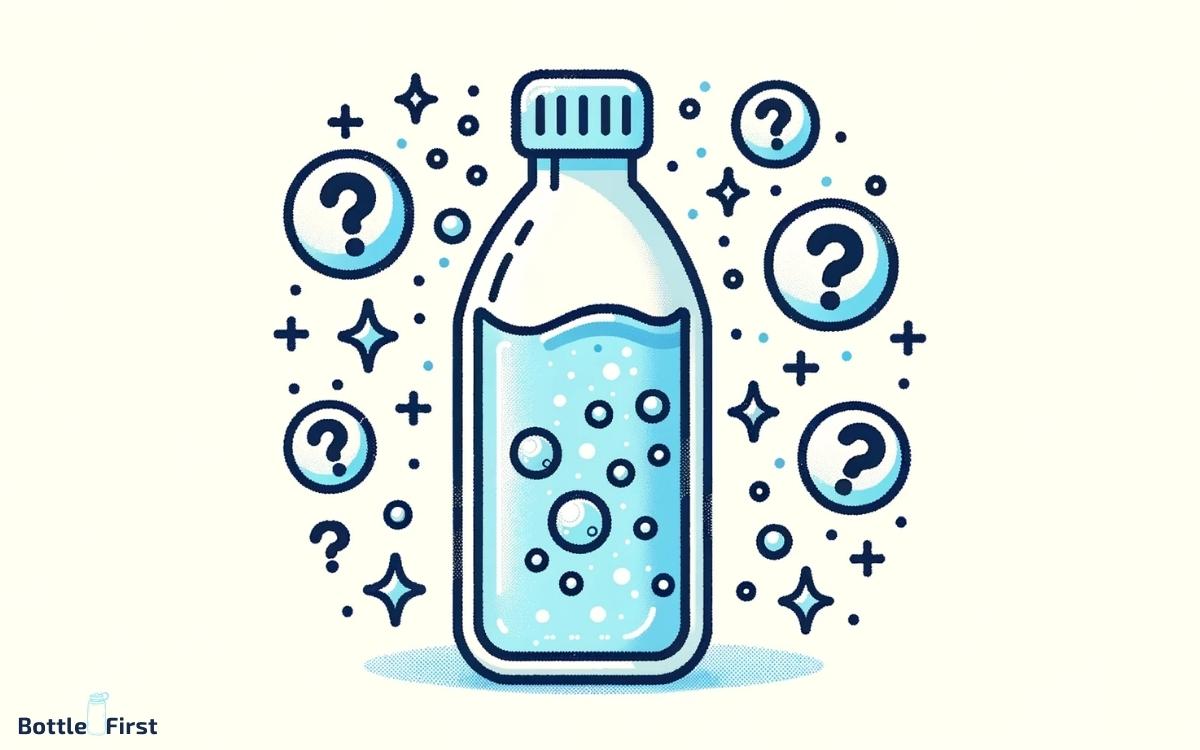
Key Takeaway
6 Reasons: Why Are There Bubbles In My Water Bottle
| Reason | Description |
|---|---|
| Temperature Change | When the pressure around the water bottles changes, such as when the bottle is opened or closed, the dissolved gases in the water can come out of solution and form bubbles. |
| Pressure Change | When the pressure around the water bottles changes, such as when the bottle is opened or closed, the dissolved gases in the water can come out of the solution and form bubbles. |
| Carbonation | Shaking or agitating the water bottle can cause dissolved gases to come out of the solution and form bubbles. This can also cause existing bubbles to become larger or more numerous. |
| Impurities | Impurities in the water or on the surface of the bottle can provide nucleation sites where bubbles can form. These impurities can be from minerals in the water, microscopic debris, or even scratches on the bottle. |
| Shaking or Agitation | Shaking or agitating the water bottle can cause dissolved gases to come out of solution and form bubbles. This can also cause existing bubbles to become larger or more numerous. |
| Biological Activity | In some cases, bubbles in a water bottle can be caused by biological activity, such as the presence of algae or other microorganisms. These organisms can produce gases as a byproduct of their metabolic processes, which can cause bubbles to form. |
Introduce the Phenomenon of Bubbles in Water
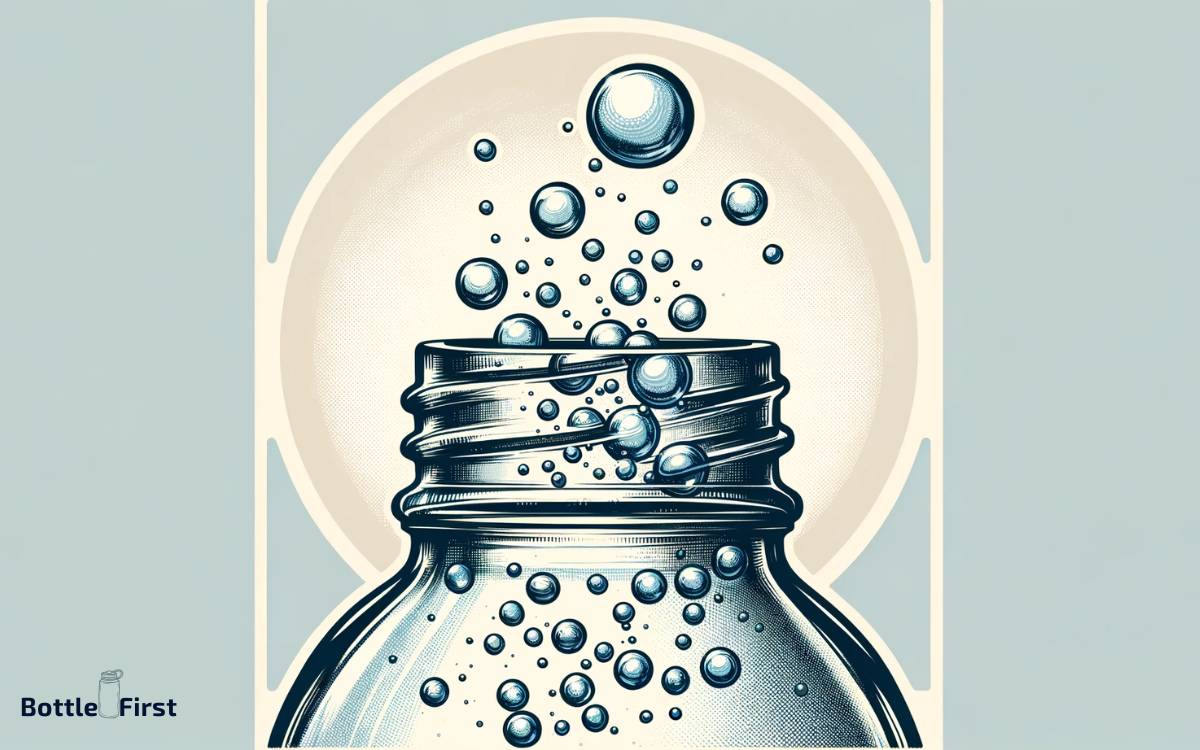
Bubbles in water are a fascinating and common natural phenomenon that has captured human curiosity for centuries. These tiny, spherical pockets of gas trapped within a liquid hold both scientific and aesthetic appeal.
Bubbles can form in various contexts, from a simple glass of carbonated soda to the frothy expanse of ocean waves crashing on the shore.
Understanding the science behind bubbles in water can reveal insights into the physical properties of liquids and gases, as well as their role in everyday life and scientific research.
In this introduction, we’ll delve into the basics of how bubbles form, their structure, and the myriad ways in which they impact our world.
Benefits of Water Bottle Bubbles
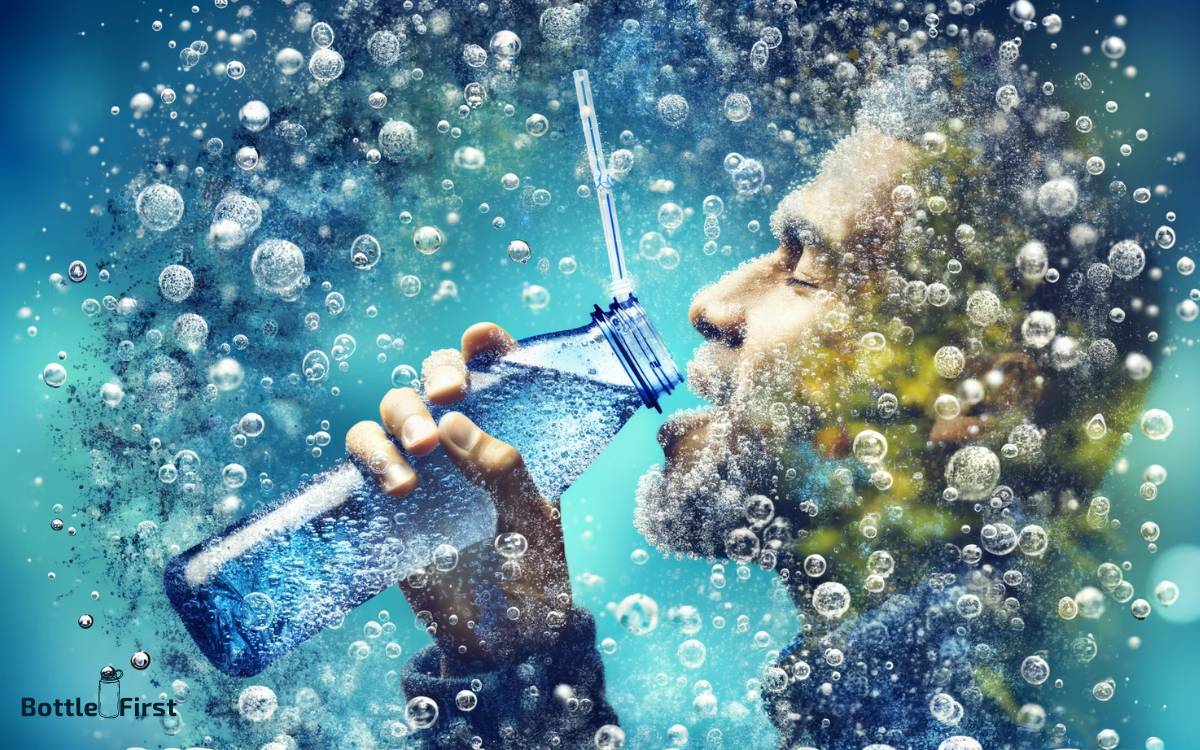
Water bottle bubbles are an innovative approach to encouraging people to stay hydrated, offering numerous benefits to the user.
These are specially designed devices, which are inserted into a water bottle to make drinking more engaging, entertaining, and rewarding.
Utilizing water bottle bubbles not only ensures we consume the recommended amount of water daily but also contributes to overall health and well-being, leading to improved mood, enhanced productivity, and better physical performance.
Incorporating these unique water bottle bubbles into one’s daily routine can have remarkable benefits in the long run.
- Encourages proper hydration: People are more likely to drink the recommended amount of water if it’s enjoyable and engaging.
- Improves physical performance: Staying adequately hydrated leads to better athletic performance and reduced fatigue.
- Enhances mental focus and productivity: Proper hydration promotes better cognitive function and concentration.
- Supports weight loss: Drinking water helps to feel fuller, reducing calorie intake and aiding in weight management.
- Boosts immune function and overall health: Hydration is vital for several body processes, including temperature regulation and waste elimination.
- Environmentally friendly: Encouraging the reuse of water bottles instead of buying disposable plastic bottles, contributing to waste reduction.
- Fun and entertaining: The bubbles make drinking water more enjoyable, particularly for children and those not as eager to stay hydrated.
Causes of Bubbles in Water Bottles
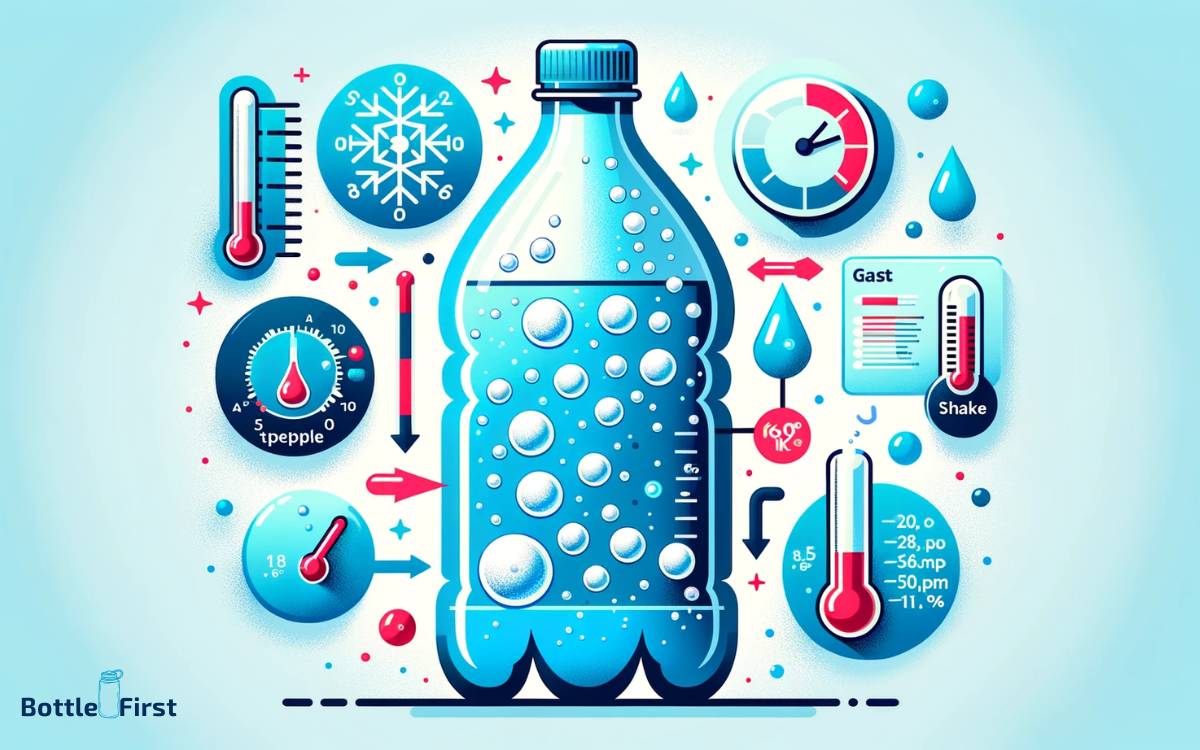
Bubbles in water bottles can be attributed to various factors, and understanding these causes is essential to explain their presence.
Here are the primary reasons behind the formation of bubbles in water bottles:
Carbonation: Carbonation is the most common cause of bubbles in water bottles. Carbonated water, also known as sparkling water or soda water, is infused with carbon dioxide (CO2) under pressure.
When you open the bottle, the decrease in pressure allows the dissolved CO2 to come out of the liquid, forming bubbles. This is what gives carbonated water its effervescence.
Temperature Changes: Temperature can influence the presence of bubbles. As water temperature increases, the solubility of gases like CO2 decreases.
When you open a water bottle that has been stored in a warm environment, the gas escapes, forming bubbles.
Agitation: Physical agitation, such as shaking or stirring the water bottle, can introduce air into the liquid, leading to bubble formation. This can occur with both carbonated and non-carbonated water.
Contaminants: Bubbles can sometimes indicate the presence of impurities or contaminants in the water. These impurities can serve as nucleation sites for gas molecules, encouraging the formation of bubbles.
Pressure Changes: Opening a sealed water bottle results in a rapid decrease in pressure within the container. This drop in pressure can cause any dissolved gases in the water to come out of solution, forming bubbles.
Microscopic Nucleation Sites: Even in pure water, there are often tiny imperfections or particles on the inner surface of the bottle that act as nucleation sites for bubble formation.
These imperfections provide a surface for gas molecules to collect and grow into bubbles over time.
Carbonated Beverage Pouring: When pouring carbonated beverages, such as soda, into a glass, you may observe the formation of bubbles due to the rapid release of CO2 as the liquid is exposed to the open air.
Understanding these causes of bubbles in water bottles helps demystify this everyday occurrence.
Whether it’s due to carbonation, temperature changes, agitation, impurities, pressure changes, or microscopic imperfections, the presence of bubbles in water bottles is a result of various natural and physical processes.
Health and Safety Concerns
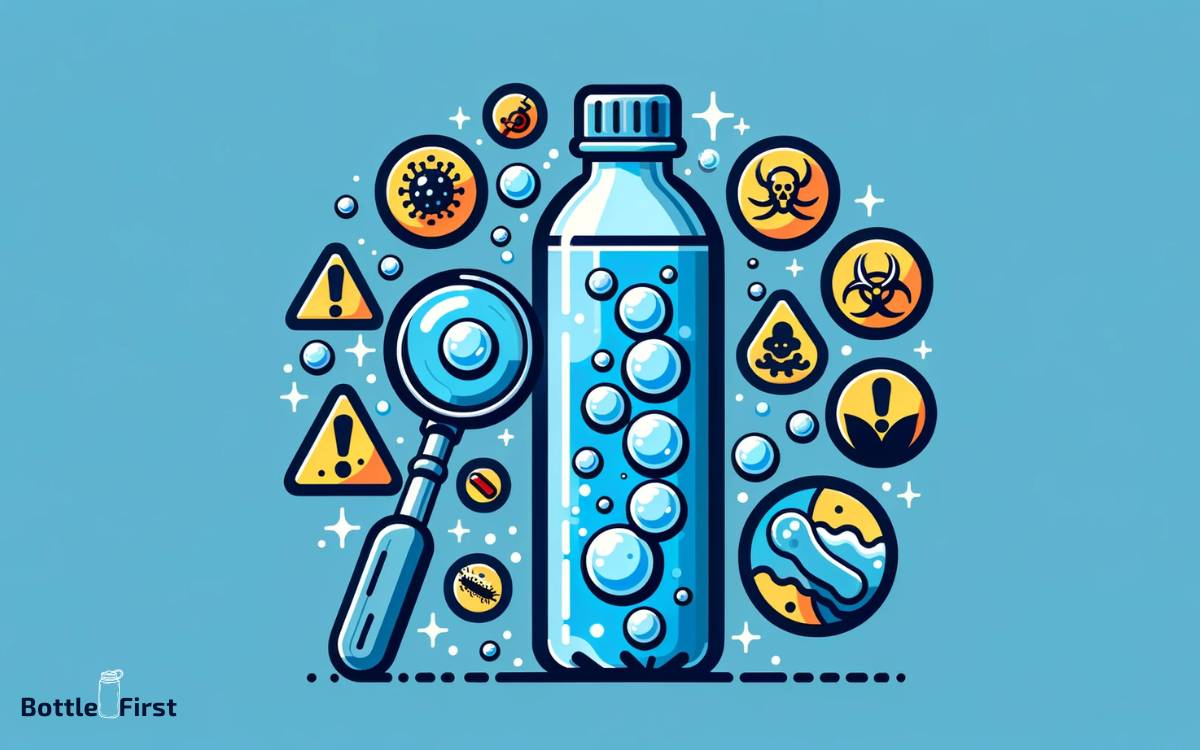
While bubbles in water bottles are a common and often harmless occurrence, there are a few health and safety concerns to be aware of:
Carbonation Allergies: Some individuals may be sensitive or allergic to carbonation or the carbon dioxide used in carbonated beverages.
This can lead to discomfort, digestive issues, or allergic reactions. It’s important for individuals with such sensitivities to choose still (non-carbonated) water and carefully read product labels.
Contaminants: In rare cases, bubbles in water may be a sign of contamination. If the water was improperly stored or the bottle’s seal was compromised, it could introduce harmful bacteria or other contaminants.
Always ensure that the bottled water you consume is from a reputable source and that the bottle’s seal is intact.
Temperature-Related Concerns: Sudden temperature changes can lead to the formation of bubbles.
However, if water bottles are exposed to extreme temperature fluctuations, such as freezing or excessive heat, the bottles themselves may expand, crack, or burst, posing a safety risk.
To prevent this, avoid leaving water bottles in extreme temperature conditions.
Agitation and Spills: When water bottles are shaken or stirred, bubbles can form due to agitation.
While this is not a health concern, it may lead to spills if the bottle is opened immediately after agitation, potentially causing inconvenience or safety hazards.
Plastic Bottle Concerns: Some plastic bottles used for water may contain chemicals, like BPA, which can leach into the water, especially if exposed to heat or sunlight.
This raises potential health concerns related to the consumption of such water. Opt for BPA-free bottles or consider alternative packaging materials if you have concerns about plastic bottle safety.
In general, bubbles in water bottles themselves are not a significant health or safety concern.
However, it’s essential to be mindful of the quality and source of the water, especially when dealing with carbonation or plastic bottles, and to take precautions to prevent extreme temperature-related issues.
Storing and handling water bottles properly can help mitigate potential risks associated with bubbles in water bottles.
How to Reduce or Eliminate Water Bottle Bubbles
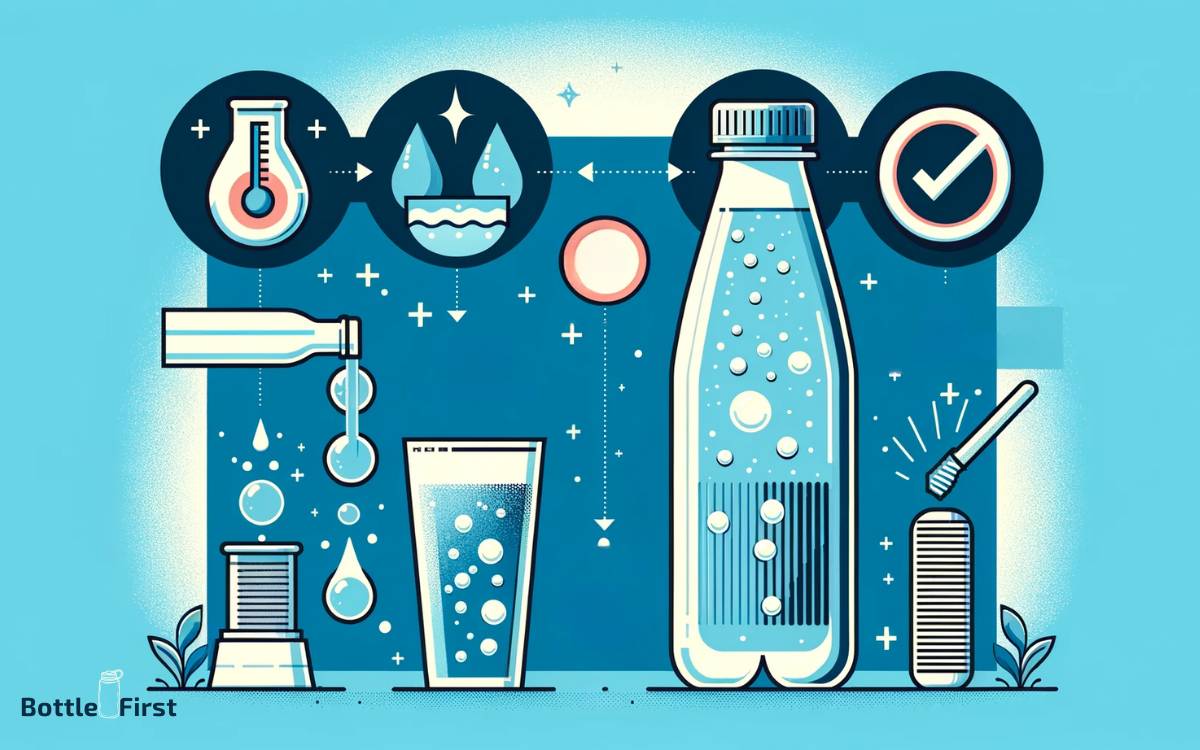
To reduce or eliminate water bottle bubbles, it is essential to understand the factors that contribute to their formation.
These bubbles typically occur when you fill a bottle with water or other beverages, and air gets trapped inside, creating pressure as you drink.
Factors such as rapid drinking, temperature changes, and bottle material can affect bubble formation.
By implementing a few simple techniques, you can significantly minimize the presence of bubbles in your water bottle.
Conclusion
Bubbles in water bottles are usually caused by the release of dissolved gases during storage or transportation of the bottle.
The gases can come from various sources, including water treatment processes or reactions between the water and the plastic bottle.
Although these bubbles may look unappealing, they are harmless and do not affect the quality or safety of the water. It is still important to drink clean and safe water by regularly washing water bottles and refilling them with fresh water.
And if you prefer to drink bubbly water, you can always opt for sparkling water that is designed to have bubbles.
FAQ
What causes bubbles to form in my water bottle?
Bubbles often form in water bottles due to the buildup of carbon dioxide gas that can occur as the water is exposed to air.
When this gas is exposed to the cooler temperature inside the bottle, the gas converts to carbonic acid and produces the tiny bubbles you can see.
Is there anything I can do to prevent bubbles in my water bottle?
Yes, to help minimize the formation of bubbles in your water bottle, make sure the bottle is tightly sealed and store it in a cool place away from direct sunlight.
Are bubbles in my water bottle a sign that something is wrong with the water?
No, the presence of bubbles does not necessarily mean that the water is contaminated.
The bubbling effect is most likely due to the buildup of carbon dioxide gas as the water is exposed to air.
Can I still drink water from my bottle if there are bubbles in it?
Yes, the presence of bubbles in your water bottle does not necessarily indicate that it is unfit for consumption.
However, if the water has been stored for a long period of time or appears to have an off-taste or odor, it is best to discard it.

